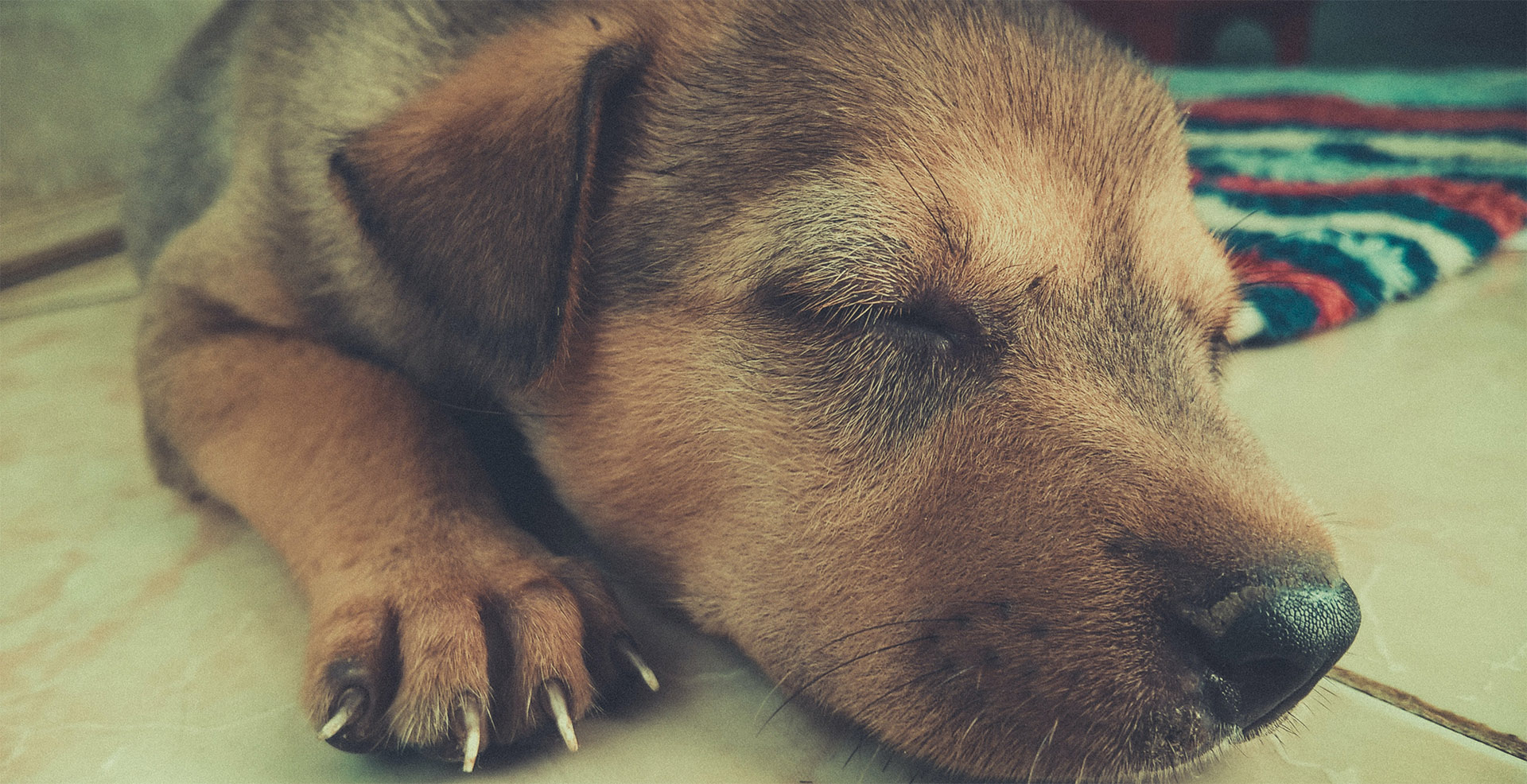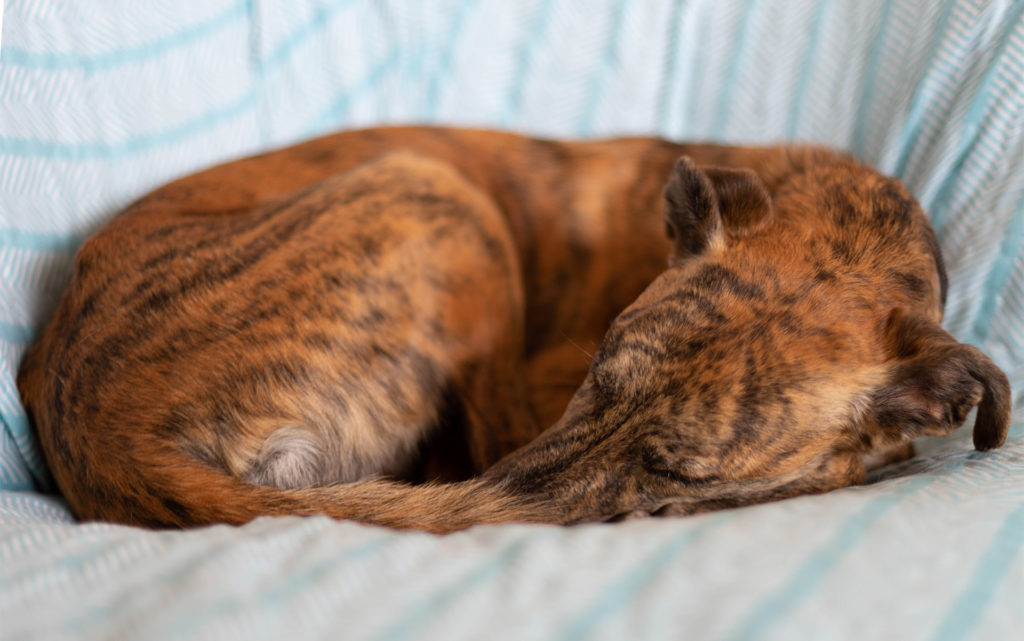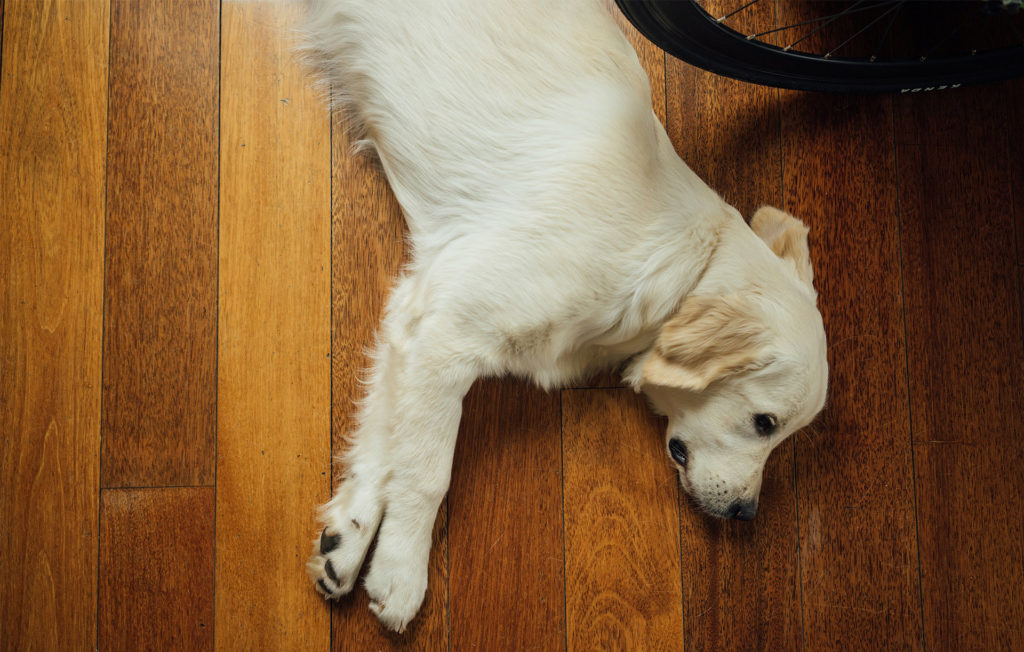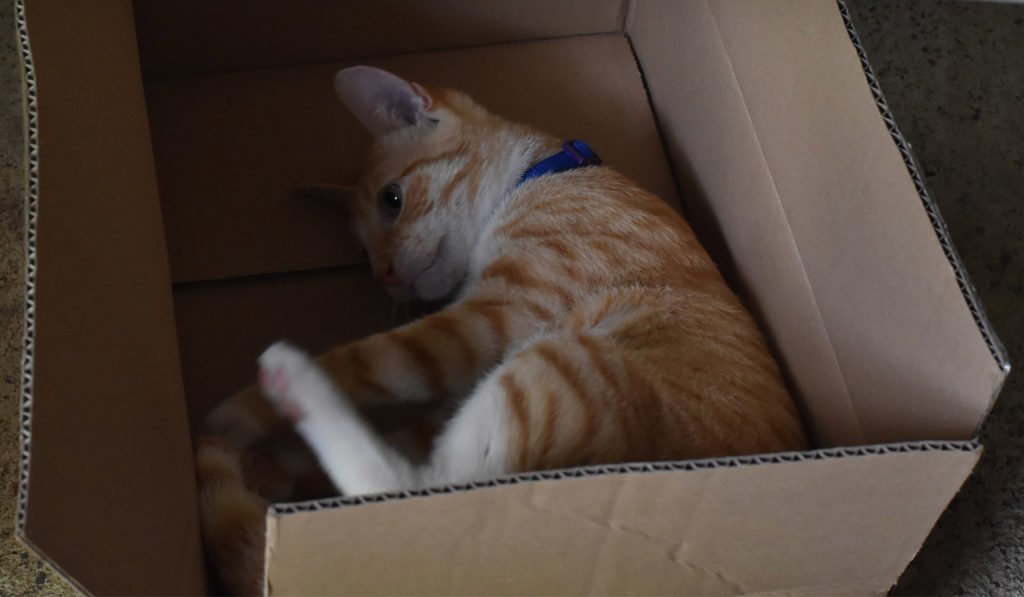What Your Pet’s Sleeping Habits Reveal About Their Wellbeing
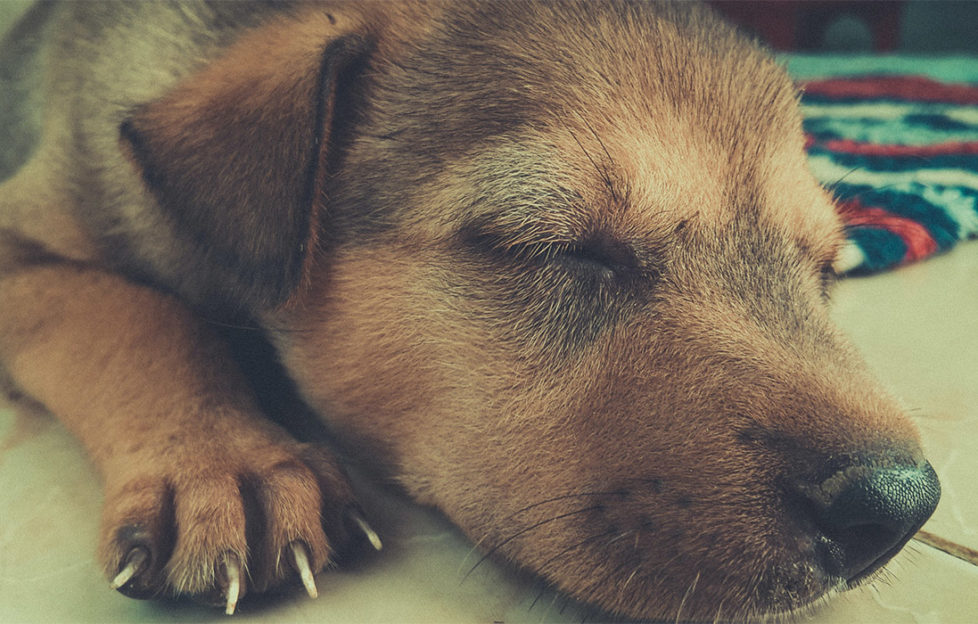
Nothing beats a good night’s sleep or even a restorative catnap during the day. Well – the same goes for our pets.
They make us smile with their quirky positions, cute twitches as they dream and lazy stretches in the morning. But just like us, their slumber can be affected by external factors, ranging from noise to nutrition.
There’s no need to lose sleep though, as the grain-free pet food experts at Canagan have gathered answers to pet owners’ common questions.
How many hours is a dog supposed to sleep?
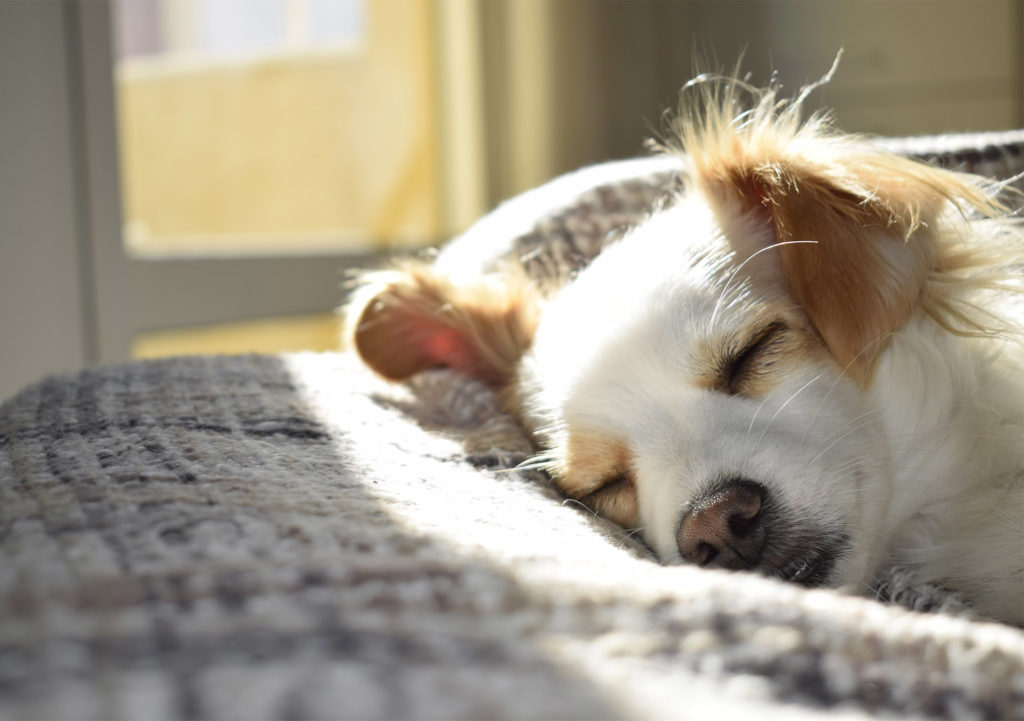 On average, dogs sleep 12-14 hours a day. Effectively they spend 50% of the day snoozing, 30% lying awake and 20% being active. Of course, this can vary. For example:
On average, dogs sleep 12-14 hours a day. Effectively they spend 50% of the day snoozing, 30% lying awake and 20% being active. Of course, this can vary. For example:
- Playful puppies burn lots of energy exploring and interacting so may need up to 18-20 hours’ rest
- Much older dogs also tend to need more relaxation time
- Certain larger breeds have earned the nickname ‘mat dogs’ due to their love of naps – Mastiffs, St Bernards and Great Pyrenees in particular
- Working animals — like police or farm dogs — can survive on fewer hours’ sleep.
How many hours is a cat supposed to sleep?
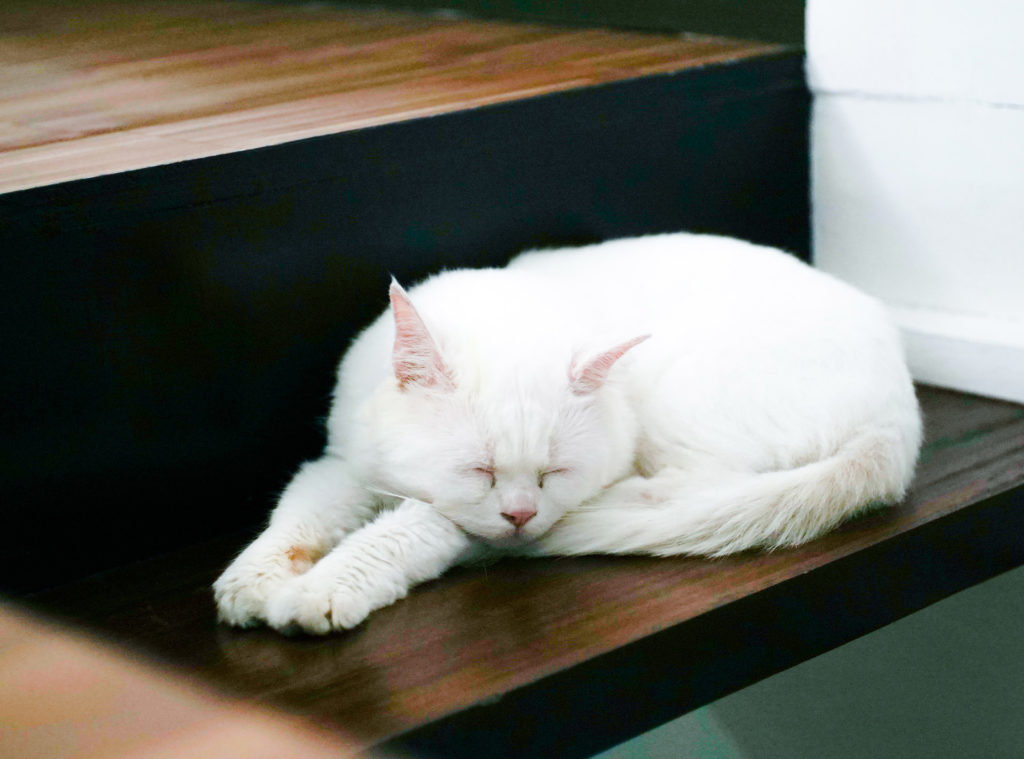 Cats sleep an average 15 hours per day. But at times they can sleep for as long as 20 hours within a 24-hour period.
Cats sleep an average 15 hours per day. But at times they can sleep for as long as 20 hours within a 24-hour period.
Felines are usually active overnight. Our domesticated pets are still inherently natural predators, biologically wired to hunt at night with their excellent eyesight.
Sleeping through the day allows them to recharge, so don’t worry too much if they appear to be oversleeping.
As with puppies, kittens will sleep far more in the day. And again, senior cats will also snooze a lot.
My pet can’t sleep. What should I do?
A companion that’s restless can disrupt your sleep too. A dog may bark, a cat may meow excessively, and both may scratch at the bedroom door.
If this situation is not dealt with, your sleep deprivation risks escalating into depression, with symptoms including lethargy and withdrawal. By adopting the following tips, your companion is more likely to settle down when they should:
Create a routine
- Set a time each day to dish up breakfast, go for a walk (if you own a dog), serve dinner and settle down for bed.
- It may be harder to get timings right at the weekend but stick to the routine as closely as possible.
- The evening routine is key; choose a dinner slot that allows your pup time to digest but leaves them feeling satisfied and sleepy — say at 5pm.
- It’s wise to avoid giving treats or exciting them with play before bedtime.
- Ensure they’ve gone to the toilet too, so they won’t be hassling you at night – or worse, doing their business elsewhere.
Show them love
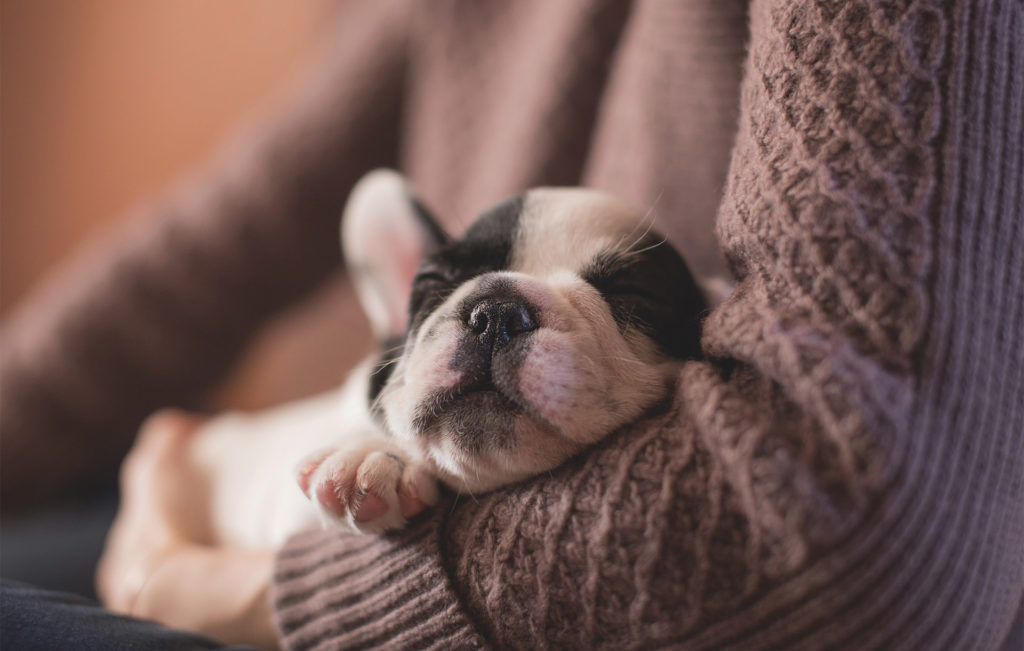 It’s vital to meet your pet’s social needs. They’ll really appreciate cuddles before bedtime and may slowly drift off as a result.
It’s vital to meet your pet’s social needs. They’ll really appreciate cuddles before bedtime and may slowly drift off as a result.
Exercise
It’s no secret that exercise is key to better physical and mental wellbeing. If you’re a dog owner, going on walkies, for a run or simply playing together improves their health and happiness. Better yet, Canagan research proves that it boosts our mood too! Tiring your dog out through exercise can lead to a night of uninterrupted slumber.
Similarly, with cats, it’s worth investing in a cat tower so they can climb, scratch and perch. Balls and moving toys can also be outlets for their hunting impulses.
Evaluate their sleeping environment
- Ensure your companion has a warm, comfortable place to sleep. Invest in a good quality bed and a soft blanket.
- Cats will seek out a private, quiet nook to settle in, no matter what the time of day, so support their needs by creating a snug sanctuary like a cardboard box padded with a quilt.
- Check the room is not too hot or cold.
- Low, ambient sound can also help.
- Avoid loud outside noise and light streaming in at night, if possible.
Settling in new pets to the home
Puppies and kittens need a little extra TLC. If you’ve welcomed a new companion into the family, who has recently been separated from their mother and / or litter, they may take time to acclimatise to a new routine, sights and smells.
Another common reason for sleeplessness is over-excitement — your companion may simply not be ready for bed yet! With good training and clear instructions from a young age, they’ll soon learn the boundaries at bedtime.
Check for medical conditions
If your pet is still experiencing sleep problems, check in with your vet to rule out any underlying medical conditions — especially in older companions, who have previously slept through.
Discuss any changes in behaviour, movement, appetite and sleeping pattern with your vet; they can advise and offer medication if needed.
Once your vet has ruled out illness, they may refer you to a clinical animal behaviourist with a specialist understanding of animal psychology
Does my dog or cat’s nutrition affect its sleep?
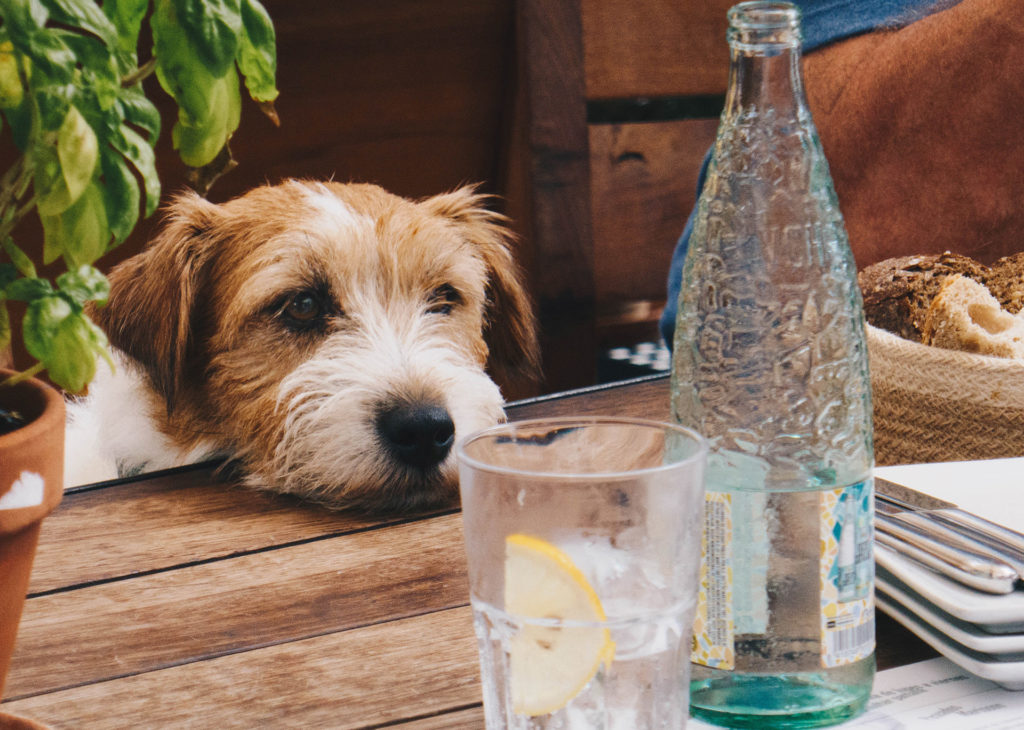 It’s crucial that your companion consumes sufficient food and water throughout the day. If not, they may feel sluggish during the day then head to bed on an empty stomach, meaning their sleep quality suffers.
It’s crucial that your companion consumes sufficient food and water throughout the day. If not, they may feel sluggish during the day then head to bed on an empty stomach, meaning their sleep quality suffers.
Equally, if your pet feels too full at bedtime, they may struggle to get comfortable. That’s why it’s important to time dinner just right before bed and calm their desire to play, to eliminate digestive disturbances.
Dogs and cats are carnivores that, in the wild, would enjoy mini meat-based meals throughout the day. It’s wise to mirror this ancestral diet with the correct ratio of meat protein and fat to carbohydrate.
Exploring a grain-free diet for your domestic cat or dog will mean they receive wholesome food with plenty of nutritional benefits.
Ensure you make the switch gradually to avoid digestive upset. This way, they’ll stay energised for longer and sufficiently sated for a restorative rest.
Why is my dog trying to sleep under the cover?
Snuggling up with your beloved pet is a special moment that strengthens your bond and is proven to reduce stress. Nearly half of British dog and cat owners sleep with their companions and eight in 10 of these will happily compromise on their own sleep for their pet.
- Dogs are pack animals; their instinct is to cuddle up in a den with their furry families. The den in your home is your duvet or blanket.
- In a pack, canines sleep touching one another so by nestling next to you under the covers, your companion is signalling that you’re part of their pack. In fact, you’re their protector — the ‘alpha’ they turn to for security.
- A dependent dog may insist on sleeping with you if they struggle with separation anxiety. If your pup is nervous, the pressure of a duvet can feel reassuring.
- Small dogs with a heritage in hunting, like terriers and dachshunds, may instinctively burrow in blankets.
Why does my cat sleep under the cover?
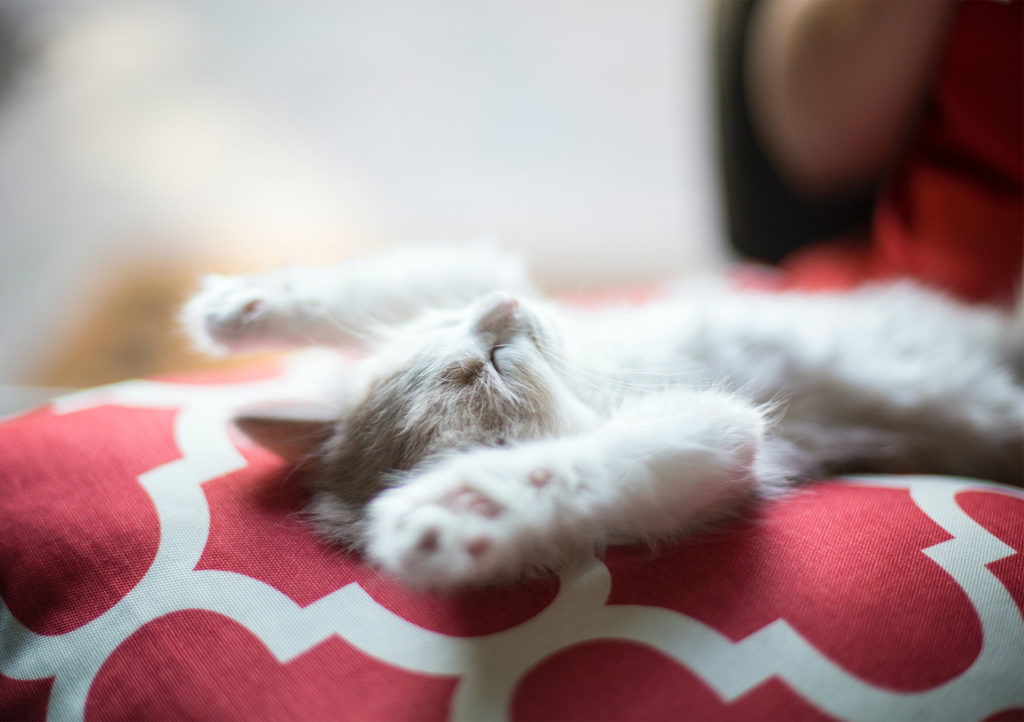 Cats snuggle under covers to feel safe and secure. However, their reasoning is more practical than emotional. Their sleeping habits are temperature-related.
Cats snuggle under covers to feel safe and secure. However, their reasoning is more practical than emotional. Their sleeping habits are temperature-related.
Cats are nocturnal, so it’s unlikely they’ll be your bed buddy for long, but a shared catnap during the day can feel comforting and strengthen your bond.
Sleeping with a pet isn’t for everyone! Good quality sleep is vital to both you and your pet, but if one is tossing and turning, your night together will be disrupted.
Fur also floats around, which may cause sneezing; it’s a bad idea to share the bed if you suffer with asthma or allergies.
Why does my pet sleep by my feet, stomach or head?
You may notice that your companion likes to sleep on parts of your body. For dogs, this behaviour stems from their pack mentality. They huddle close to loved ones, but also feel the need to protect or guard you.
When a cat sleeps on top of you, it is a conscious decision. They’re territorial and possessive by nature.
In truth, your cat is letting you sleep by their side. This remains a sign of huge affection and if they’re licking you too, they truly see you as one of their own.
Why is my pet moving in its sleep?
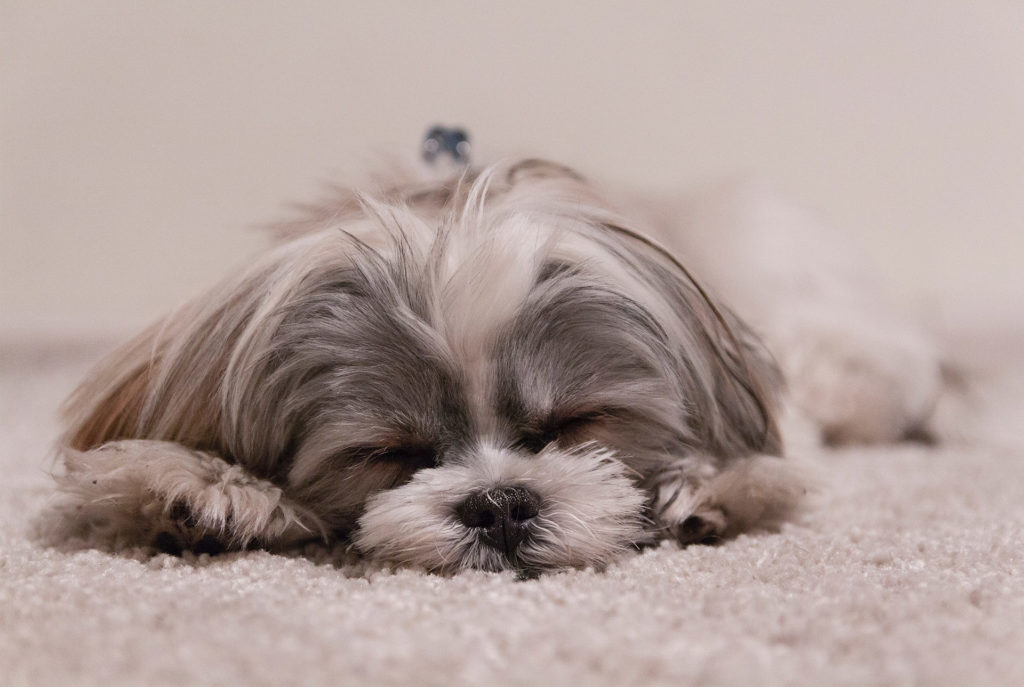 You may notice your dog behaving strangely in their sleep, but don’t worry; whimpering, barking, shaking or twitching are signs that they’re dreaming! Just like us, dogs imagine scenarios that they react to in reality.
You may notice your dog behaving strangely in their sleep, but don’t worry; whimpering, barking, shaking or twitching are signs that they’re dreaming! Just like us, dogs imagine scenarios that they react to in reality.
In fact, human and canine brains undergo similar stages of electrical activity while sleeping. Stirring is a sign of the REM (Rapid Eye Movement) phase of sleep, which occurs in the first 90 minutes of rest and is the peak ‘dream’ period.
Cats may twitch, chatter or move their paws during their REM phase of sleep too. The sleeping patterns of cats, dogs and humans are very similar.
What do my dog’s sleep positions mean?
Your dog’s sleeping position can tell us a lot about their character and health. Relaxed dogs will fall asleep on their back or side, while playful pooches will sleep on their tummy.
The Donut This is when canines curl up into a little ball. Not only is this position comfy, but it helps pups regulate their body temperature. You’ll notice in summer that dogs do the reverse, stretching out on cool surfaces. Being tightly coiled also makes our furry friends feel less vulnerable.
The Superman Some dogs like to sleep on their stomachs, with their front legs fully outstretched before their heads and their hind legs kicking back. One reason may be because the fur on your pup’s underside is not as thick and insulating as on the rest of their body. Otherwise, if they’re snoozing in a warm environment, lying in this position may cool them down.
The Lion When your pup is sleeping with their head resting on their paws, the likelihood is that they’re dozing and not in a deep sleep. Felines also take cat naps in this position, affectionately known as the ‘Cat Loaf’, so they can spring into action if needed; otherwise, they’re simply enjoying their comfy surrounding.
The Side Sleeper This common position involves a companion lying on their side, legs extended. It’s a sign that they’re relaxed, comfortable and trust their surroundings. Your pet may initially fall asleep in ‘The Lion’ position, then slump into the ‘Side Sleeper’ as their muscles relax, and they drift into a deeper slumber.
The Cuddle Bug For some pups, there’s nowhere safer or more snuggly to snooze than on top of their favourite human. This behaviour may stem from being a puppy and needing closeness to another to regulate their body heat. It’s learned feeling of comfort can linger into adulthood.
What do my cat’s sleep positions mean?
The sleeping position that cats adopt can also indicate how they feel about their surroundings:
Curled up Felines wrap their tails gracefully and tuck their heads tightly into their chest to conserve body heat. Instinct also tells them that a rival cat could sneak up to them at any time, so this is also a protective position.
Cat in a Box Cats seek out small spaces to sleep in, to make them feel safe. Your cat might welcome a box with four solid walls to squeeze their fluffy form in, especially in lively households with children and other animals. Because they’re nocturnal creatures, it’s fair for them to slip away for privacy and uninterrupted slumber.
Belly Up A feline is very conscious of what might happen if the wrong creature approached them in this exposed state. So if they’re sprawled out, tummy facing the ceiling, they’re fully trusting and confident in their surroundings. Unlike dogs, cats don’t take kindly to belly rubs, so try to resist, especially if they’re relaxed enough to sleep like this.
Can my pet sleep in the same room as my baby?
If you’re a new parent, it’s wise to keep your dog or cat out of your little one’s room. Excitable, affectionate or curious pets might jump onto the cot, increasing your baby’s risk of injury. Floating fur may also affect your child’s breathing.
If your pet has historically been the ‘baby’ of the household, they might experience jealousy when a new child comes along. Slowly reduce the amount of attention you offer your companion in the lead-up to the new arrival, to allow them to adjust. Make it clear that the baby’s room is a no-go area as early as possible.
Being wise to your pet’s sleeping habits, ensuring they get sufficient shut-eye with simple lifestyle changes, will protect their wellbeing so they can continue being your energetic, loving companion.

